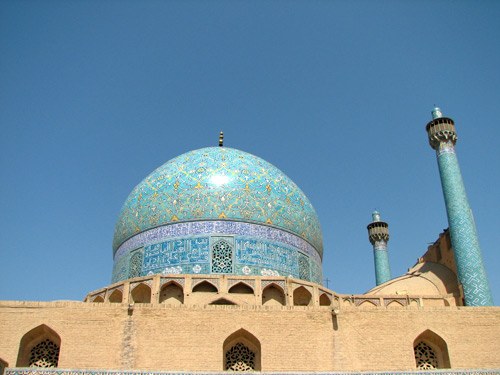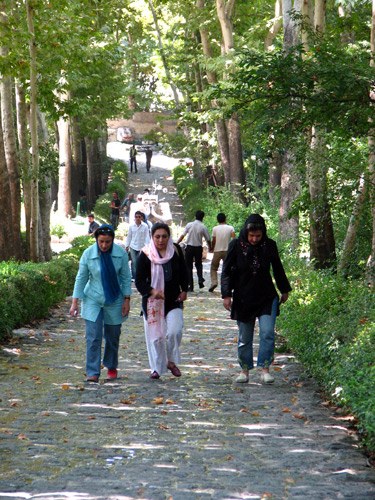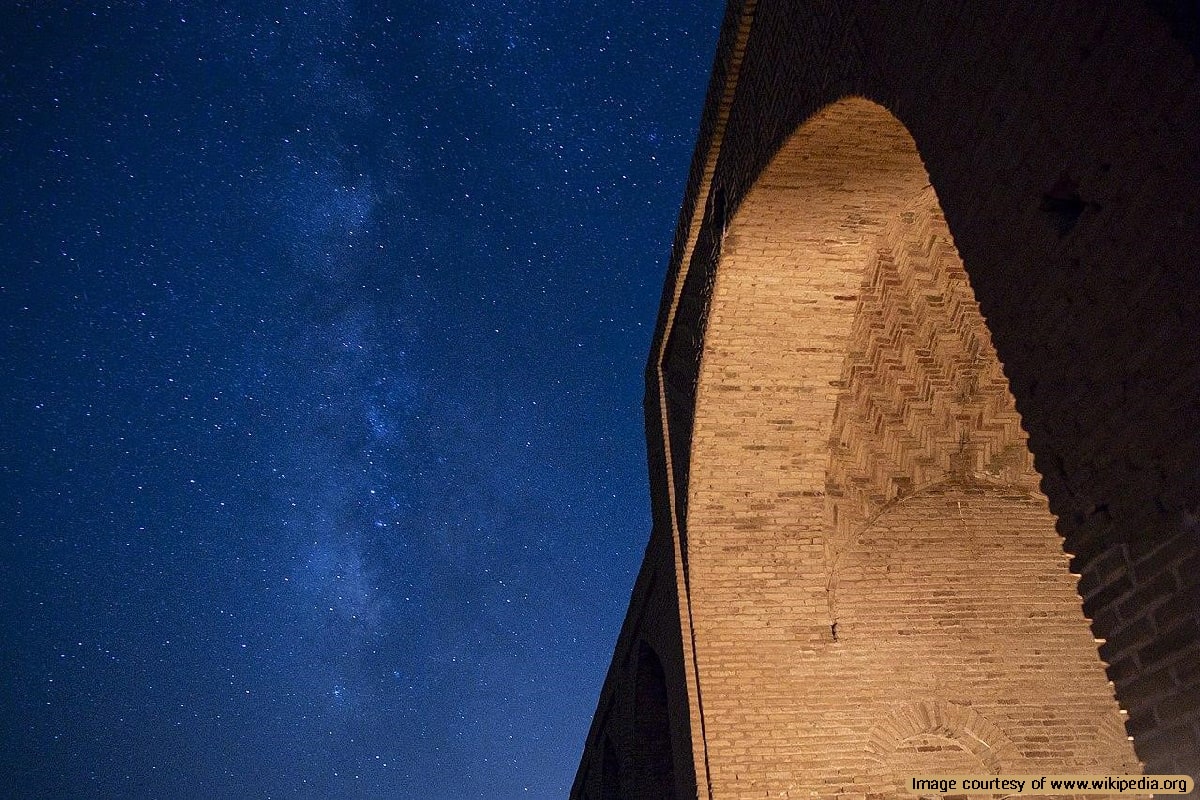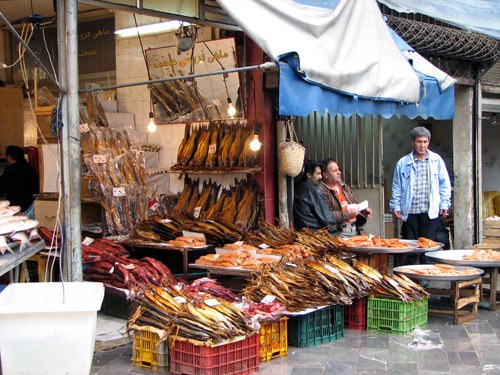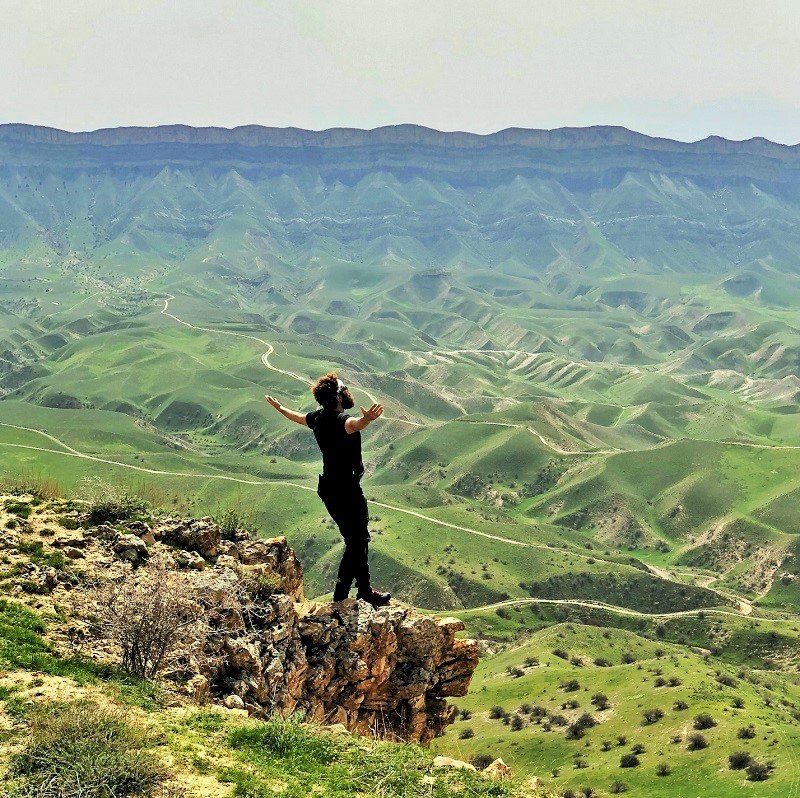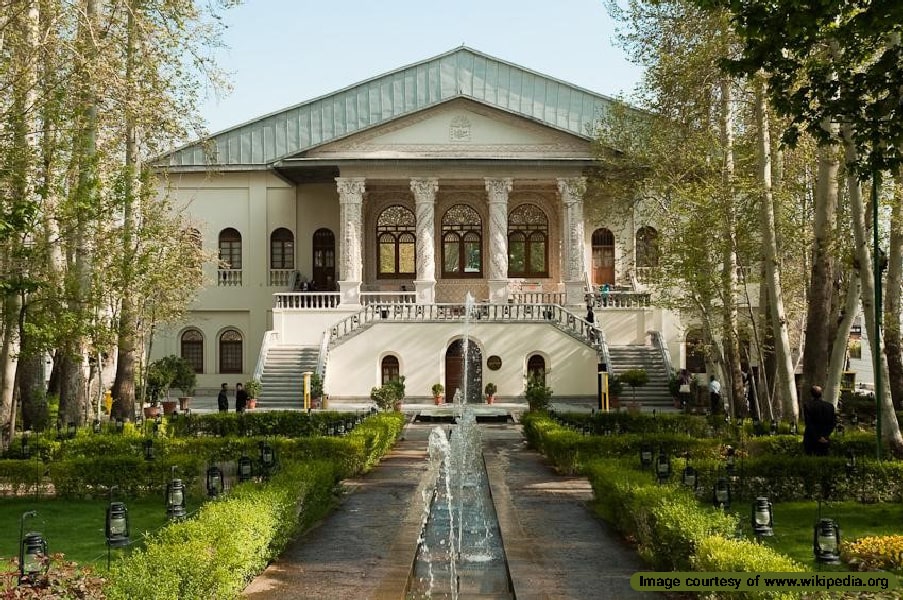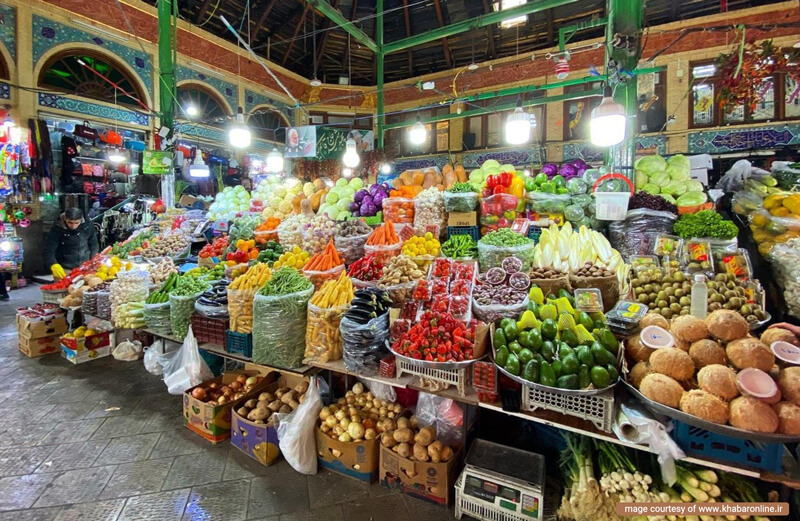
You will find a large variety of food and drinks in Iran, but not necessarily Iranian restaurants in general. In other words, people make and eat quite a range of different dishes at home. You can try them too particularly if you eat with them inside their homes. However, when they eat out and go to restaurants, many prefer grilled food that is not so easily made in apartments, meaning kebabs.
If you’re a vegetarian, then you have to be very patient, because there are not many choices in restaurants for you. Yet, you can always find some food and drinks in Iran for yourself by doing some little shopping and buying some of the world’s best nuts, dried fruits, fresh fruits, etc, and have them with you during the trip.
Iranian Kebabs
The fact is that Iranian kebabs are prepared differently compared to those in Turkey, etc. Iran grills its kebabs in form of skewed meat. When you’re traveling in Iran for a few days, you already know the restaurants’ menus by heart:
- Minced Kebab (Kubideh)
- Beef/Lamb Kebab (Barg)
- Chicken Kebab (Jujeh)
- Mixed Kebab (Bakhtiary: combined beef & chicken)
- Chelo (cooked rice)
- etc.
and for drinks:
- Coca Cola
- Fanta
- Dough
- Non-Alcoholic Beer
- etc.
In some restaurants, they may go further and offer Caucasian Kebab, Bulgarian Kebab, etc! This is the general menu for food and drinks in Iran. Of course, there are some Western-style restaurants in big cities offering a large variety of other dishes as well.
Apart from that, some other dishes are usually available like mixed rice with herbs, vegetables, etc that comes with lamb shank, cooked chicken, etc.
Other Traditional Food and Drinks Made at Home
Sometimes, stews are also on the menu. Make sure you try them as they don’t so often appear there. Most people make them at home. They are traditional dishes that are very much well-liked by most people. They are always served with cooked rice.
Soups are mostly barley soup, but at times you may find noodle soup, mushroom soup, vegetable soup, etc.
Keep in mind that if you visit various provinces, there could be local food and drinks in Iran served in their restaurants you might not find in other cities. So, make sure you go to some local restaurants to find them and try them. This is the case in places like north of Iran, south of Iran, and generally the areas that are somehow far from the modern aspects of international food consumption.
One important point to remember is popular restaurants where the majority of the customers are local people could be safe places to eat. There are always general tips working in every country. For instance, if you see someone is offering foodstuff at the side of the street where passing cars produce lots of dust, you wouldn’t take the chance to try the local food. Or if the local authorities have announced that it will be safer to keep away from vegetable stuff like salads, etc, follow common sense.
What Drinks Are Served in Iran
Drinks are usually in four categories:
- Soft drinks: There are Iranian brands offered like Zamzam. In addition, you can find Coke, Pepsi, Sprite, etc too.
- Non-Alcoholic drinks: They are either Iranian-made ones like Delster, Behnoush (flavored with apple, lemon, etc) or foreign-made ones like Bavaria, Hoffenberg, etc with similar flavors.
- Mineral water: They’re the water from Iranian springs bottled in an industrial process. You can hardly find any carbonated bottled water in Iran. They are not popular here.
- Yogurt drink (Dough): Certain Iranian factories make this traditional Iranian drink, which is a mixture of yogurt with water, salt, herbs, etc. Sometimes, they are carbonated too. The original version is made by villagers or nomads, which is a by-product of milk made in animal skin without mixing it with water.
What you should not expect to be served in Iran
You will be able to have only the type of meat that is approved by Islam like lamb, beef, chicken, turkey, quail, fish, prawn, shrimp, and lobster in some restaurants. You can never find pork, snake, frog, and other kinds of meat that are prohibited in Islam.
Alcoholic drinks like beer, wine, vodka, etc are not served in restaurants, hotels, etc. There’s been a strong ban since the 1979 revolution in Iran against the production, possession, and distribution of such drinks. It’s not worth trying to find it under any circumstances either.
Despite the above restrictions, there is a huge variety of food and drinks in Iran that you can choose from.
Personal Rule of Thumb
Nobody knows better than you if a certain type of food could bring issues to your stomach or not. Are you susceptible to fatty food? Why don’t you keep away from such food anywhere you are in the world?
If you already know your intestines are sensitive toward unknown bacteria, why should you insist on testing some new type of salad you’re attracted to? Isn’t it better just to look and learn about it instead of taking the risk and trying it?
Keeping away from personal risky eating habits will save your traveling time and that of your fellow travelers. You will not want to keep an entire group of travelers waiting and worried about you as you’ve ended up in a clinic for two days due to a mistake.
Iranian Foodstuff Are Healthy
I must admit that despite all the precautionary steps recommended above, Iranian food is quite healthy and safe. Hygienic measures are closely supervised by related authorities and eating out is very popular among the people in Iran. On rare occasions, you may find some foodstuff dangerous to eat, etc. It’s just common sense that dictates more caution for eating.
Just rest assured there are some very interesting and delicious food and drinks in Iran that you don’t want to miss when you visit Iran.
More information about Iran Travel Tips & Advice!
Also, you can check out our top tour packages of Iran!






